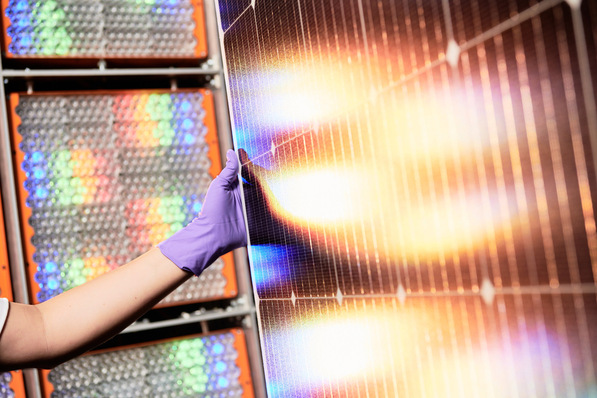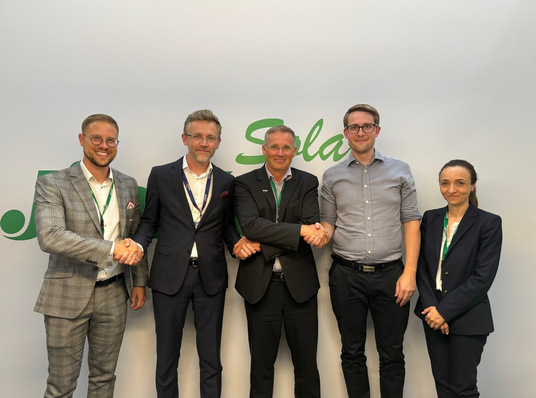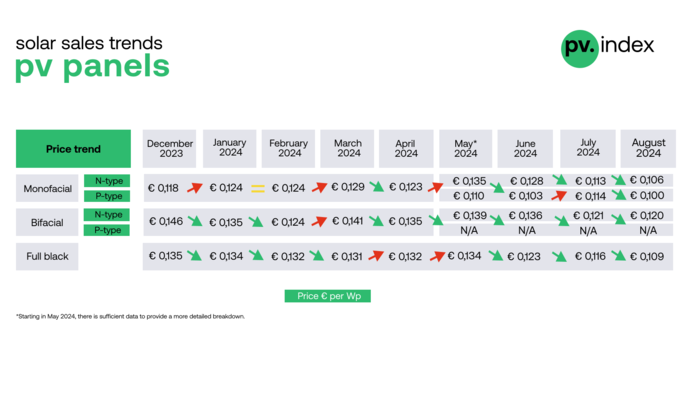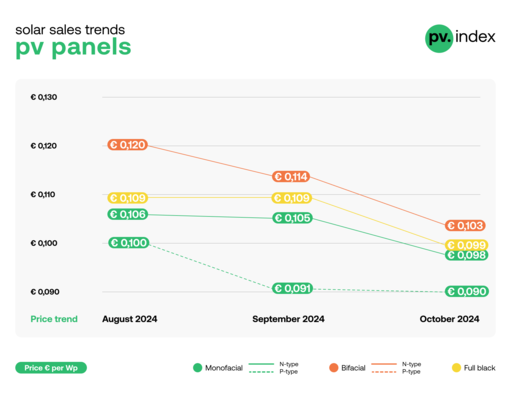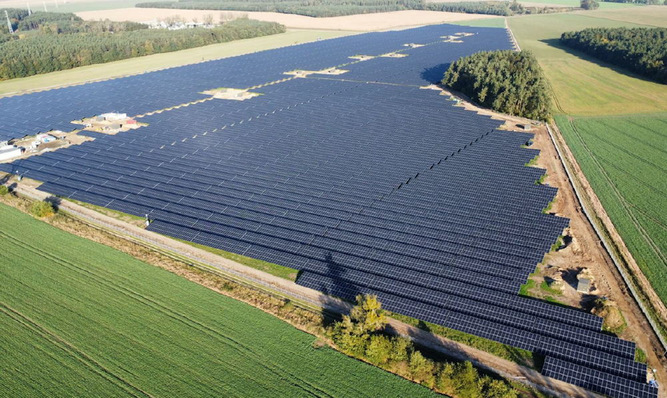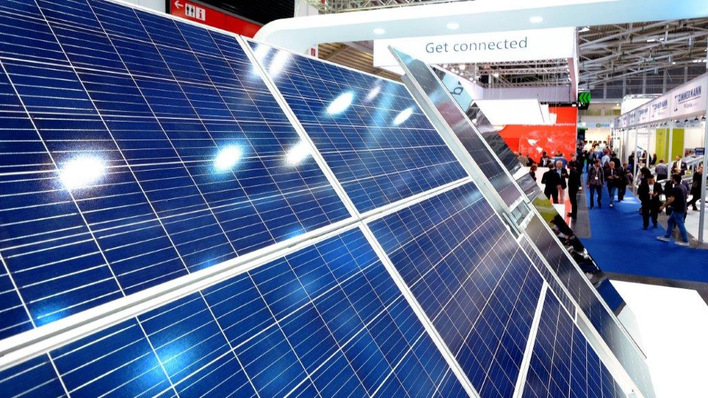Starting with the bifacial high efficiency (21 per cent) N-type monocrystalline BiSoN cell, the technical staff of MegaCell has implemented a new bifacial module that adds 270 watts of rear power to the 300 Watts front power thanks to the high bifaciality factor of 90 per cent. The rear, when irradiated by reflected and diffused light, produces an average of 25 per cent of the power generated by the front, and therefore the total module power reaches 375 watts.
Glass on glass module
The BiSoN is an advanced glass on glass module, with two layers both two millimeters thick, which has allowed the team to construct a module with an annual power loss of just 0.3 per cent, as opposed to losses of 0.8 per cent from standard modules.
Tests performed by the German Fraunhofer Institute show no indication of light induced degradation (LID) or potential induced degradation (PID) phenomena that generate initial power losses of two or three per cent (LID) and severe reliability problems only three to four years after the installation of standard modules.
Very long lifetime
The technology of the BiSoN modules means that photovoltaic systems can be built which have over 50 years of useful life and produce higher amounts of energy, optimising investments and greatly reducing costs per kilowatt hour (LCOE). (HS)


